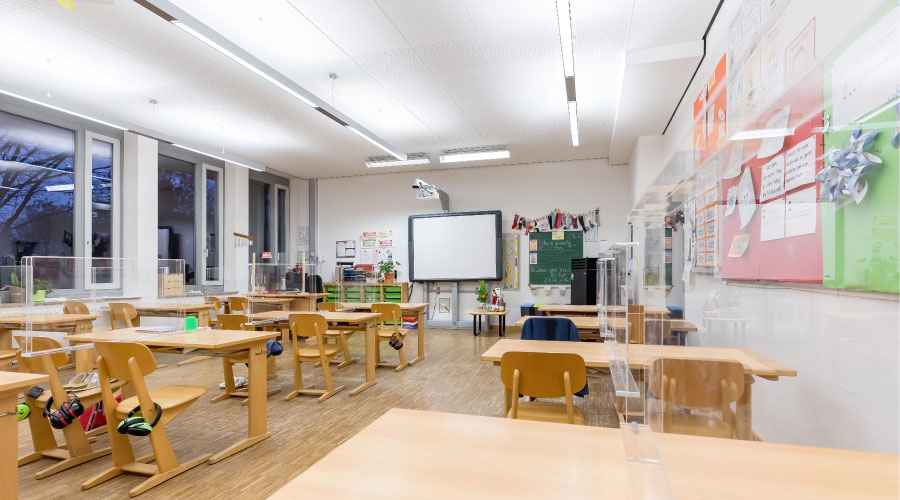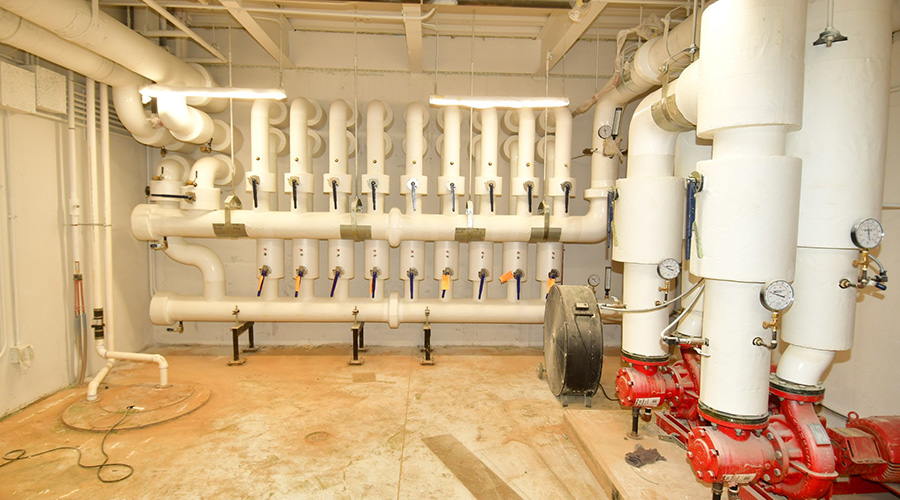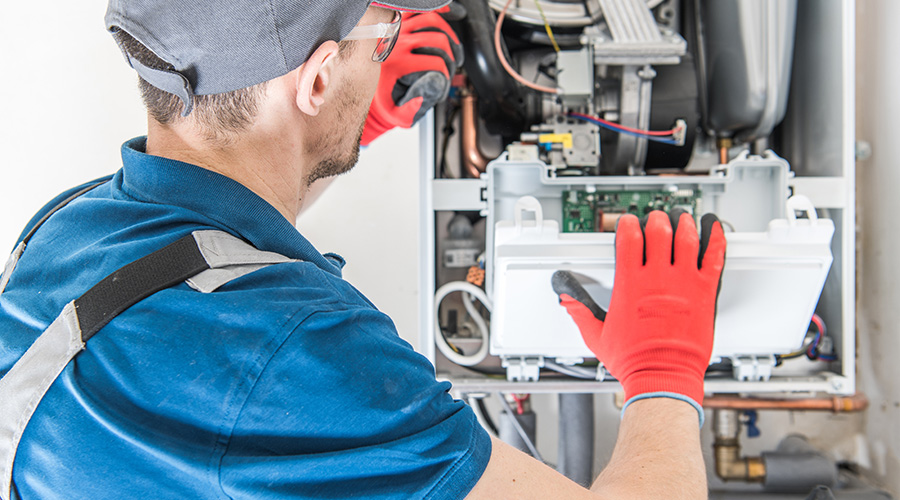Design Challenges For Variable Primary Flow Chilled Water Pumping
Ideal for new chiller plants, variable primary flow chilled water pumping can be difficult to retrofit into an existing facility, as it requires properly sized valves and controls as well as a BAS that is able to monitor the optimal pressure throughout the building. In fact, the set up of the controls system for variable primary flow pumping is especially key to its success. If not configured properly, the variable only pumps will provide very little operational benefit for the facility.
That being said, however, a variable only, primary flow system can function in an existing building that is undergoing a total air handling unit (AHUs) upgrade and change out of control valves. A poor application would be a plant-only retrofit that replaces only the chiller, controls or AHUs.
Designing the variable only, primary flow chilled water pumping system poses some challenges, but these can be eliminated with proper and sometimes, depending on the application, creative engineering. Challenges include:
• Maintaining minimum flow. Even with variable pumping, the chillers will still require a minimum flow to be operational. Therefore, a bypass valve needs to be included in the chilled water pumping system’s design, equipped with a control valve both to make sure it’s only used when needed and to prevent the flow from getting too low.
• Monitoring the control points. Monitoring control points throughout the building will ensure that the system can pump to the most hydraulically remote point in the loop or the point that takes the most pressure to reach.
If that point isn’t being monitored by controls, the variable primary flow won’t work well because the building doesn’t know to which point the water must be pumped. It’s important to note that the most hydraulically remote point can move around, but when controlled and monitored by the BAS, it can be successfully reached by the system.
• Staging of equipment. Without dedicated flow or pumps for the equipment, the on or off, or staging of the equipment, can be more complicated. Make sure to maintain a minimum flow through the equipment as you turn it on and off.
This story, while it has its share of challenges, can have a happy ending with significant energy savings when its MEP design considers the demands of the system, the requirements of the specific facility it’s being applied in, and the goals that the facility manager has for the system.
David Brooks has been designing and implementing sustainable technologies in schools, universities, and museums for 18 years. Brooks is a partner at Chicago-based McGuire Engineers and can be reached at dbrooks@mepcinc.com.
Related Topics:












